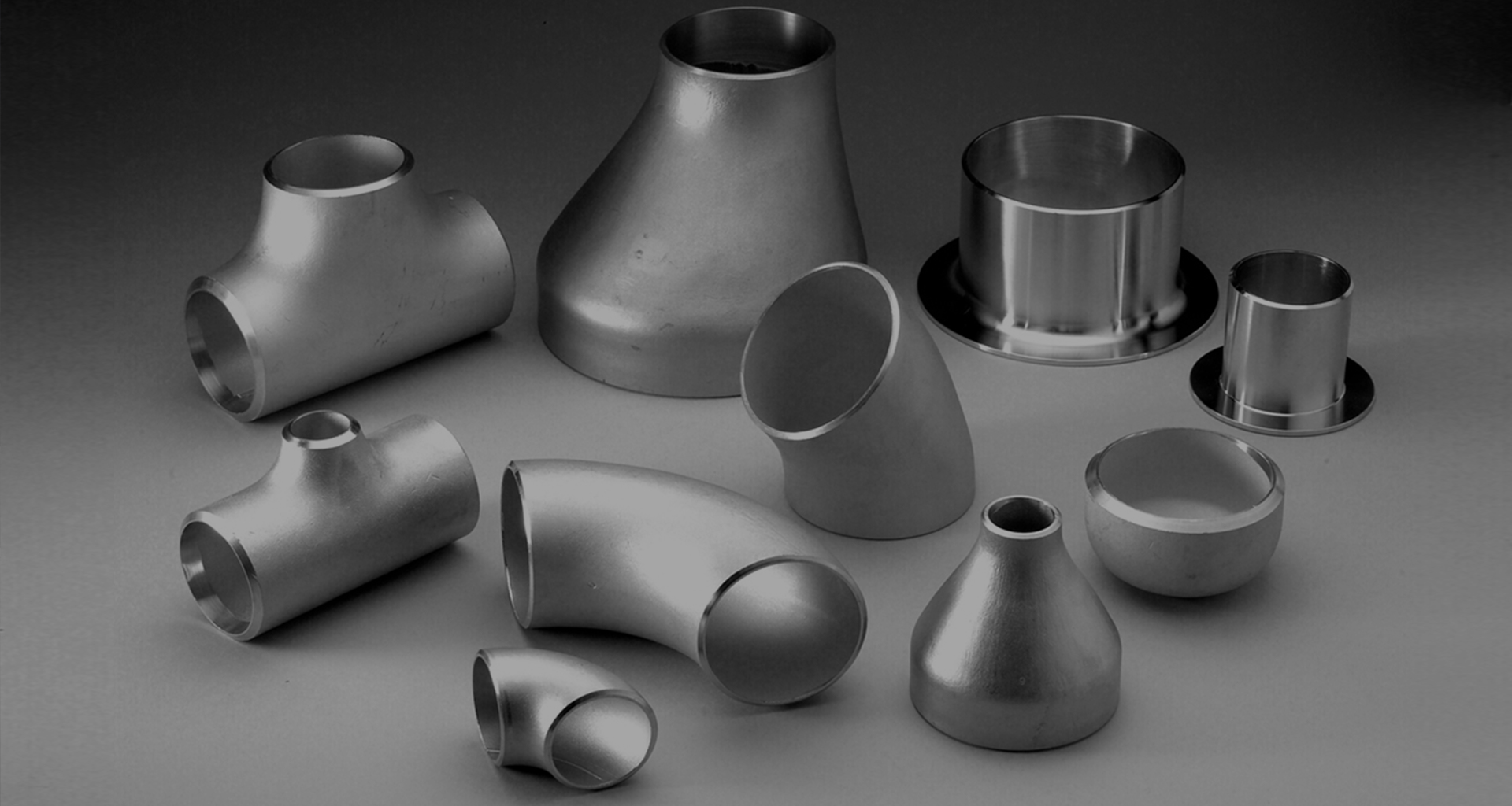Choosing the correct buttweld fittings for your project ensures efficiency, safety, and long-term reliability. Buttweld fittings come in various materials, types, and sizes, and selecting the right one involves evaluating your specific operational needs and environmental conditions. This guide provides a comprehensive approach to choosing the right buttweld fittings, emphasising materials like SS 316Ti Buttweld Fittings, known for their superior corrosion resistance and mechanical properties.
Understand Your Application Requirements
Before selecting buttweld fittings, define the specific requirements of your project. Key considerations include:
Operating Conditions: Identify the pressure, temperature, and type of fluid the system will handle.
Environmental Factors: Consider whether the system operates in corrosive, high-saline, or extreme-temperature environments. SS 316Ti buttweld fittings excel in corrosive environments due to their titanium stabilization and resistance to oxidation.
Choose the Right Material
Material selection is one of the most critical factors when choosing buttweld fittings. The material must match the application requirements to prevent failure or degradation.
Stainless Steel Options: Materials like SS 316Ti are ideal for projects exposed to high temperatures and corrosive media. Its titanium content prevents carbide precipitation, ensuring excellent resistance to intergranular corrosion.
Specific Needs: Consider Monel 400 or Inconel for applications requiring high strength and corrosion resistance. However, SS 316Ti offers a cost-effective and reliable option for most high-performance piping systems.
Determine the Fitting Type
Identify the type of SS buttweld fitting needed based on the pipe’s layout and design. Common options include:
Elbows: Elbows can be used to change the direction of the flow. SS 316Ti elbows handle high-pressure and corrosive flow efficiently.
Reducers: Opt for reducers to connect pipes of different diameters while ensuring smooth flow.
Tees: Use tees to split or combine flow. SS 316Ti buttweld tees are excellent for branching pipelines in chemical processing.
Caps: Install caps to seal the ends of pipelines securely.
Ensure that the chosen type matches the pipe size and project design.
Evaluate Corrosion Resistance Needs
Corrosion resistance is critical, especially in chemical processing, marine, or food handling industries.
SS 316Ti’s Advantage: SS 316Ti buttweld fittings provide enhanced resistance to chloride-induced pitting and crevice corrosion, making them suitable for saline or acidic environments.
Chemical Compatibility: Match the fitting material to the chemicals it will encounter. SS 316Ti works well with most acids, alkalis, and chlorides.
Consider Operating Temperatures
The operating temperature significantly impacts the performance of buttweld fittings.
High-Temperature Applications: SS 316Ti fittings maintain structural integrity at elevated temperatures, making them ideal for heat exchangers or boiler systems applications.
Temperature Tolerance Range: Ensure the material can handle your system’s lowest and highest temperatures without compromising performance.
Ensure Proper Sizing and Wall Thickness
Accurate sizing and wall thickness are crucial for the efficient functioning of buttweld fittings.
Standard Sizes: Verify that the fittings match the pipe diameter to prevent leaks or flow disruptions.
Wall Thickness: Choose a wall thickness compatible with the system’s pressure rating. Due to their robust construction, SS 316Ti fittings offer excellent pressure tolerance.
Check Compliance with Industry Standards
Ensure that the buttweld fittings meet industry standards to guarantee safety and compatibility.
Standards to Look For: Confirm compliance with ASME B16.9 or ASTM specifications. SS 316Ti fittings often meet these stringent requirements.
Manufacturer Certifications: Choose fittings from reputable manufacturers that provide certifications and documentation for quality assurance.
Account for Installation and Maintenance Needs
Ease of installation and maintenance are essential for long-term system performance.
Weldability: SS 316Ti buttweld fittings are easy to weld, reducing installation time and costs.
Maintenance Requirements: These fittings resist scaling and corrosion, minimizing maintenance needs and ensuring long operational lifespans.
Consult Experts for Complex Applications
Consult with industry professionals or manufacturers for projects with unique requirements or complex systems.
Custom Solutions: Some applications may require custom fittings to meet specific design or performance needs. SS 316Ti fittings can be tailored to match such requirements.
Material Comparison: Professionals can help compare options like SS 316Ti and Monel 400 to find the most suitable material for your application.




